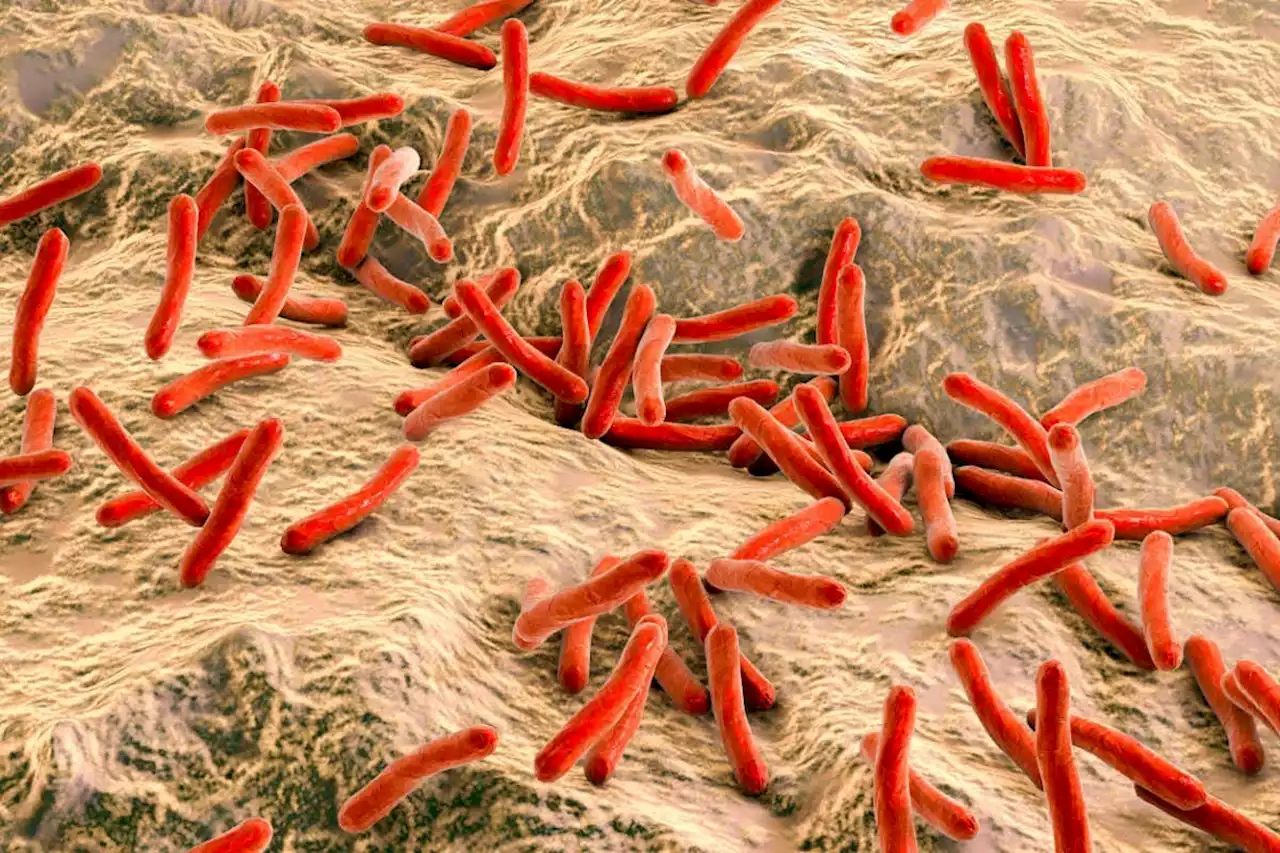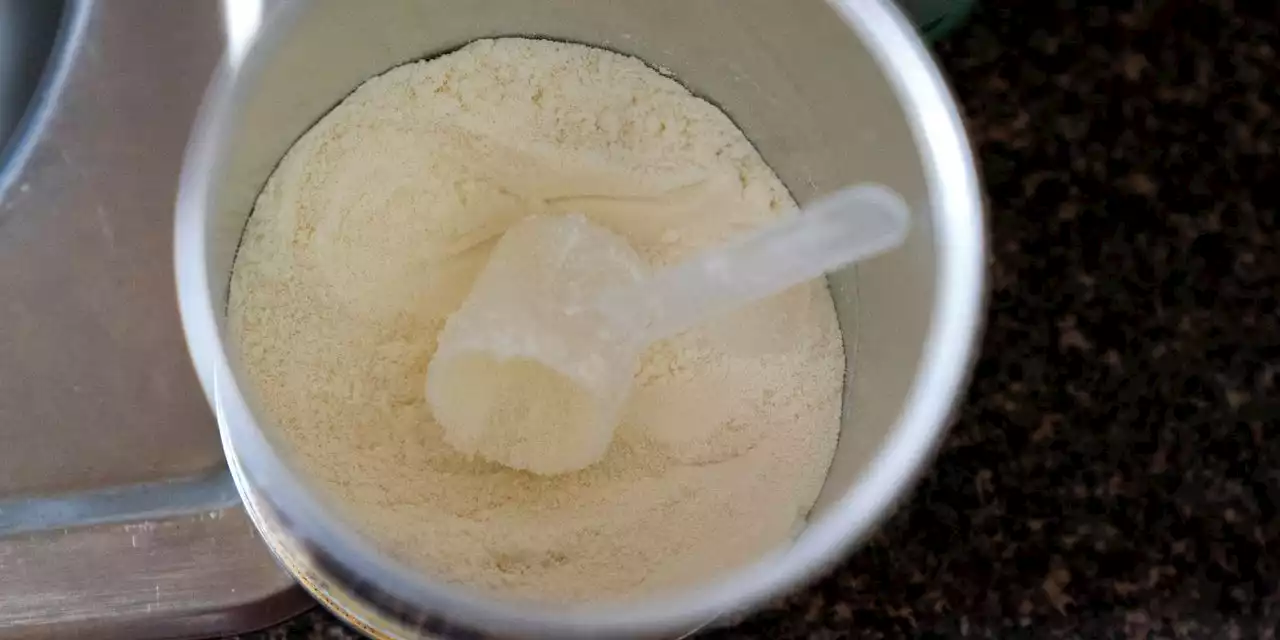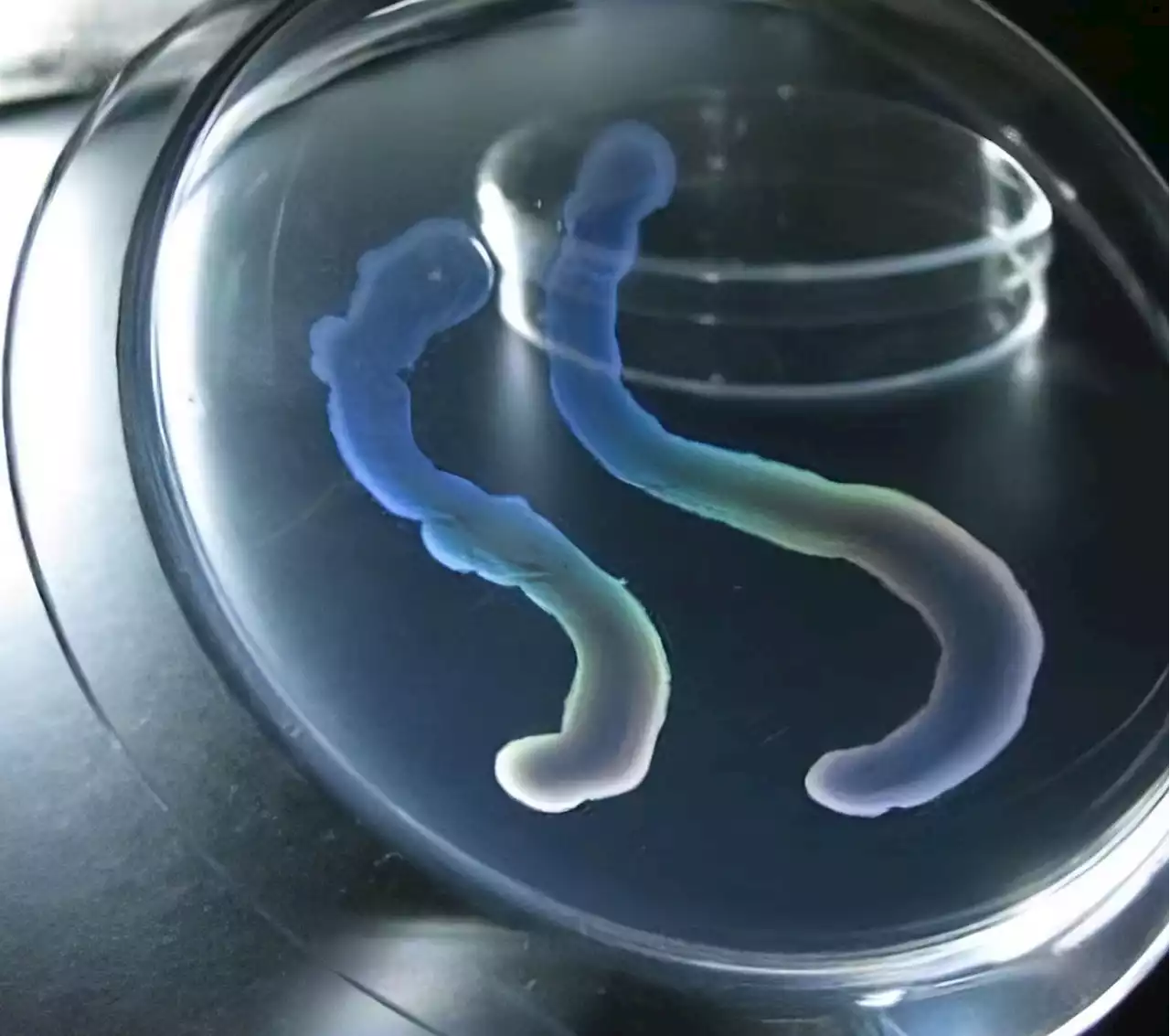Bacteria that cause leprosy are shown to safely grow and regenerate the liver, in animal experiments.
So the researchers turned to the only other animals to catch the disease - armadillos.The infection heads to the armoured animals' livers, where, the researchers found, it performed a controlled hijacking of the organ to reprogram it for its own purpose.
"It is kind of mind-blowing," Prof Rambukkana said. "How do they do that? There is no cell therapy that can do that."Fully grown liver cells are metabolic powerhouses withBut the bacteria are taking them back a stage - like becoming a teenager again - where they can rapidly increase in number before maturing back into adulthood.
"The dream is to use the same bacterial strategy, to use the ingenuity of bacteria to generate new medicines for regeneration and repair," Prof Rambukkana said.
United States Latest News, United States Headlines
Similar News:You can also read news stories similar to this one that we have collected from other news sources.
 Leprosy bacteria may hold the key to helping the liver regenerateThe bacteria that cause leprosy have been found to reprogram liver cells in armadillos and make the organ regrow, offering clues that could lead to new treatments
Leprosy bacteria may hold the key to helping the liver regenerateThe bacteria that cause leprosy have been found to reprogram liver cells in armadillos and make the organ regrow, offering clues that could lead to new treatments
Read more »
Leprosy, ancient scourge of humans, found to assail wild chimpanzeesLeprosy has long been a mystery for scientists, and in 2020 came another puzzler about this ancient scourge of human civilization: wild chimpanzees in West Africa were found to suffer from it. ScienceMagArchives
Read more »
 FDA Developing Plan to Guard Against Bacteria Outbreaks in Baby FormulaThe Food and Drug Administration is developing a plan to guard against cronobacter bacteria outbreaks in baby formula
FDA Developing Plan to Guard Against Bacteria Outbreaks in Baby FormulaThe Food and Drug Administration is developing a plan to guard against cronobacter bacteria outbreaks in baby formula
Read more »
 Monkeys with close friends have friendlier gut bacteriaRhesus monkeys who are more social have a higher abundance of beneficial gut bacteria, according to one study.
Monkeys with close friends have friendlier gut bacteriaRhesus monkeys who are more social have a higher abundance of beneficial gut bacteria, according to one study.
Read more »
 Hidden Deep Within a Cave – Unique New Bacteria Species DiscoveredScientists in Japan have found a type of bacteria in a cave that exhibits multicellular behavior and a unique, two-phase life cycle. The bacterium, HS-3, was isolated from a limestone cave wall that is periodically submerged by an underground river. HS-3 has two different life phases; on a solid su
Hidden Deep Within a Cave – Unique New Bacteria Species DiscoveredScientists in Japan have found a type of bacteria in a cave that exhibits multicellular behavior and a unique, two-phase life cycle. The bacterium, HS-3, was isolated from a limestone cave wall that is periodically submerged by an underground river. HS-3 has two different life phases; on a solid su
Read more »
